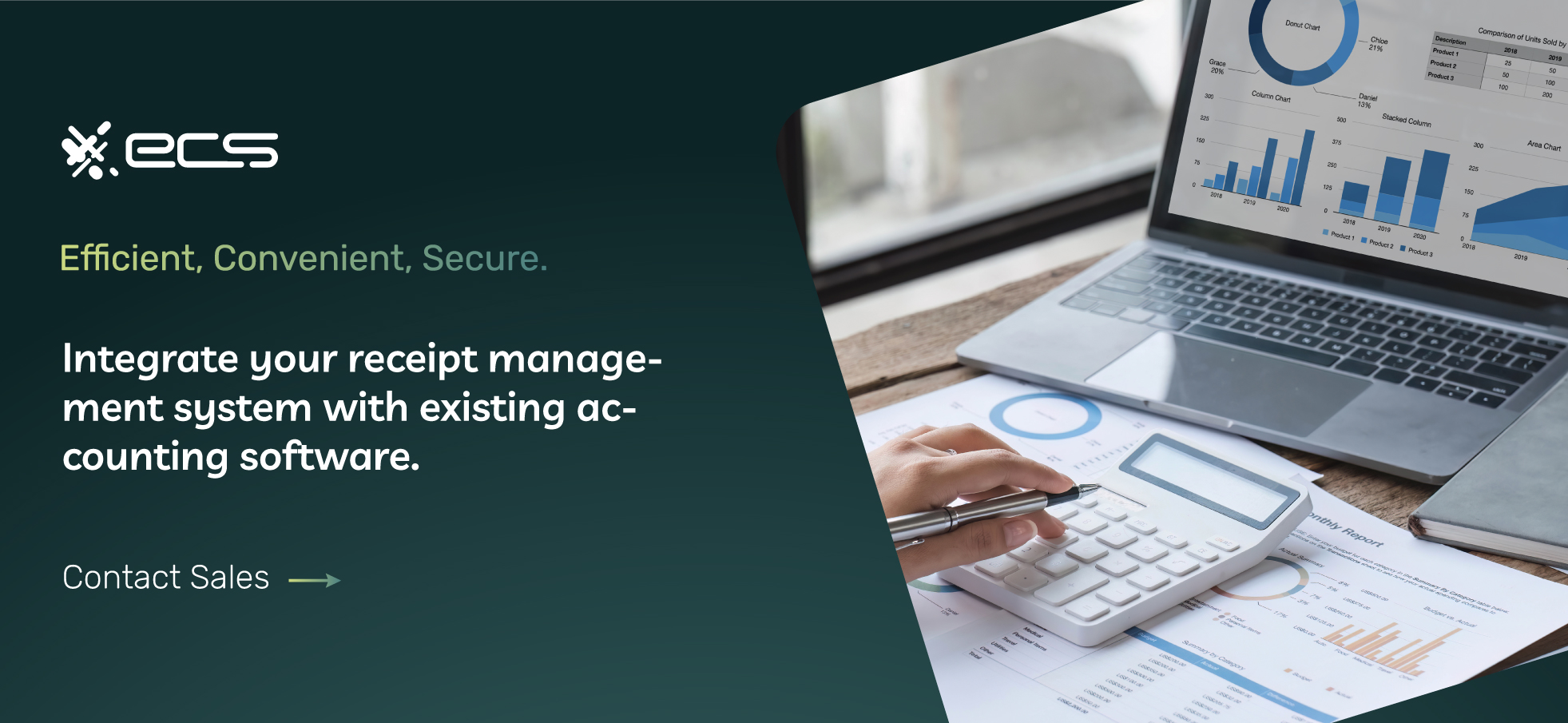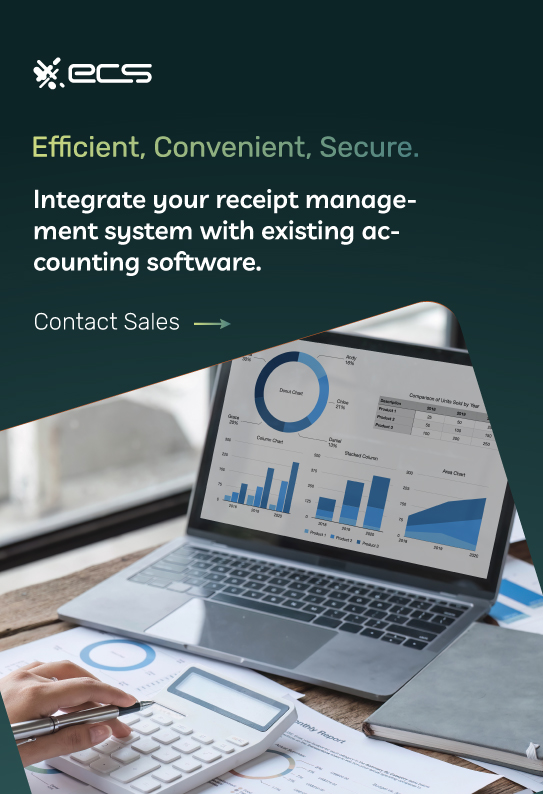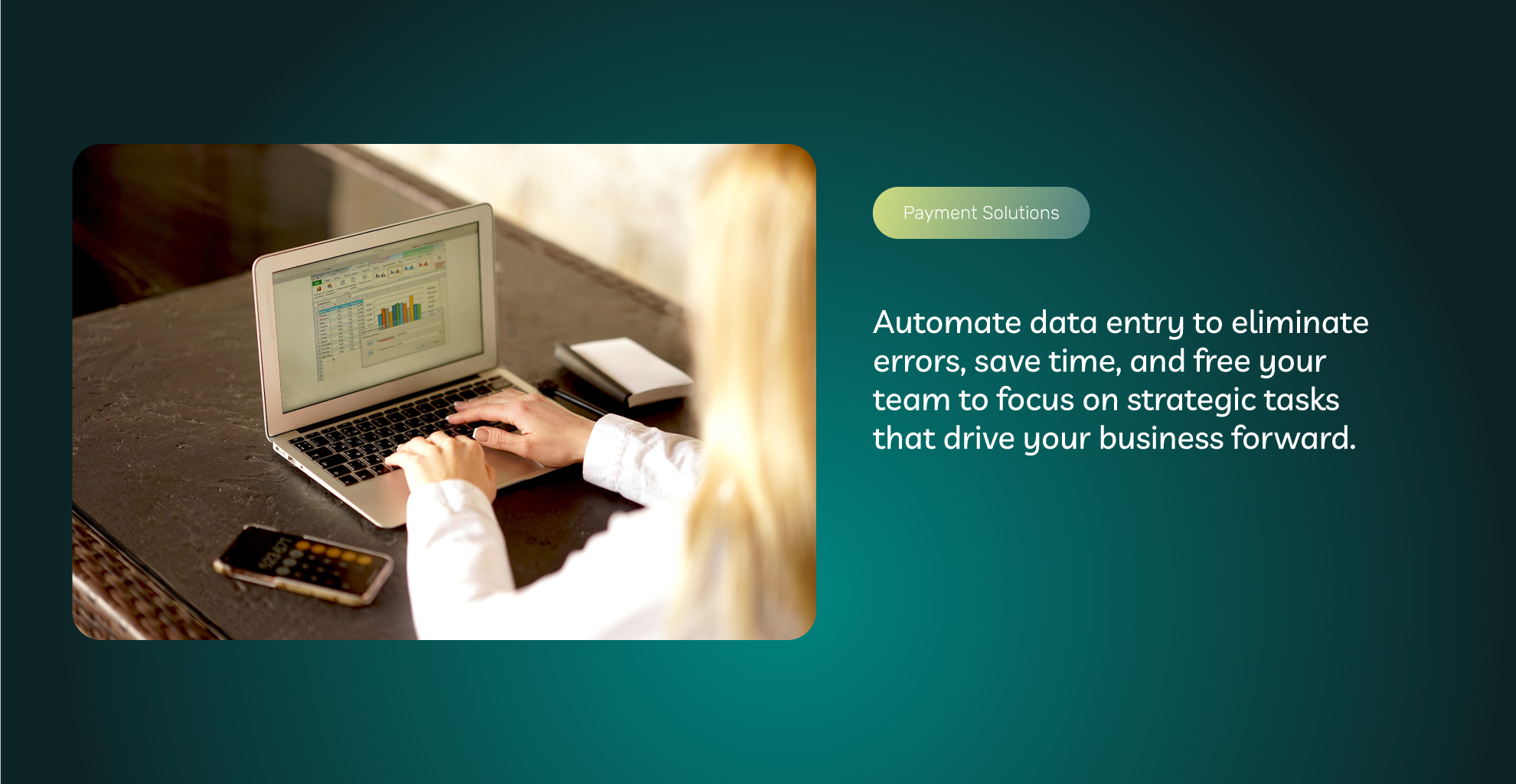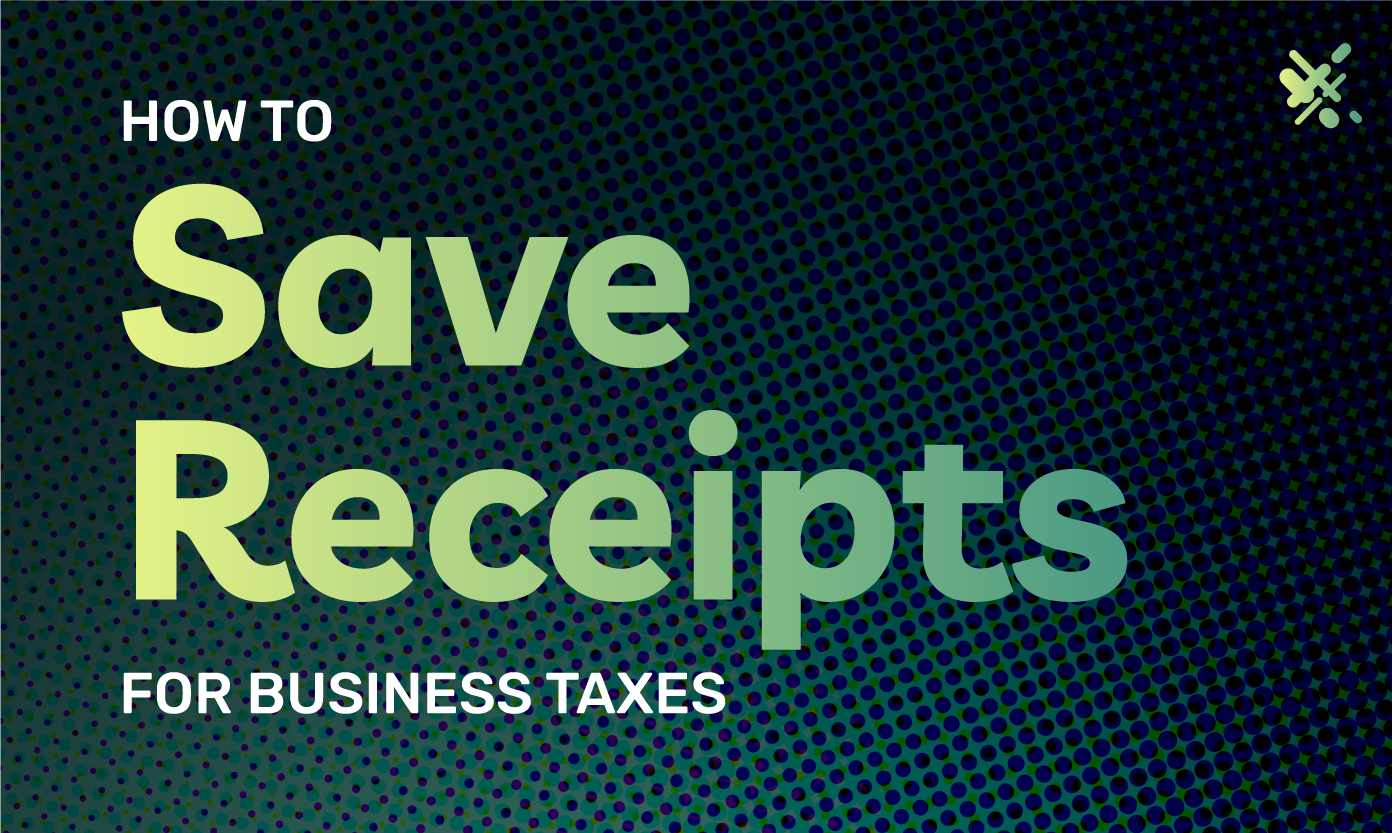If there’s one thing all business owners can agree on, it’s that preparing and filing your taxes is no easy task. One of the areas that business owners often grapple with is retaining the documents needed while claiming various deductions. Keeping the receipts necessary to prove claimed expenditures on your tax forms is a significant aspect of this process.
However, receipt management is complicated due to the various shapes, sizes, and even forms that receipts come in. Some are paper receipts, others are digital only, and some are small in format and easily lost.
This leaves business owners in a predicament when saving receipts for tax season. However, implementing a smart receipt management program at your business can make the entire process much more manageable.
Below, we’ll outline a few key strategies you can use to implement a receipt management plan for your business. This helps you simplify your tax preparation. It can also ensure you legally claim every deduction you have coming to you.
Business Tax Receipt And Recordkeeping Basics
A business tax receipt is any proof of an expenditure related to your business activities. For example, if you spend money on office furniture, this is a business expenditure, and there should be a receipt from the vendor.
Other examples include software subscriptions, internet access, supplies, or even travel expenses related to business activities.
You may have other expenses that are not items you can deduct or write off regarding tax time. However, you also want to save these receipts since they help you determine your overall expenses and overhead for running the business.

Supporting Documents For Business Receipts
It may seem like enough to simply store or retain the receipts for business expenditures. But there are other supportive documents involved when using these for tax write-offs.
The IRS requires your business to retain supporting documents to prove expenditures beyond a simple receipt. They call this the “burden of proof.”
Supporting documents can include invoices, bills of sale, checking account statements, and other documents proving the expenditure. If there is an issue with your return or the IRS requires additional information, you typically will need these extra documents.
If the IRS needs more information, you always want to be able to supply it in a timely fashion to avoid any further investigations or questions. So, you always store your supporting documents and receipts in a logical way so that you can effortlessly search them by date, payment type, or business name.
Creating A Process for Collecting Business Receipts
Having a plan in place that outlines specific steps to follow is the key to organizing any process. A business receipt management plan is no different.
First, establish precisely how and where you will collect and store your receipts. Depending on how you run your business and your own preferences, there can be some variation to this plan, but you should focus on a few key elements.
The first step is to create a storage system that works best for you. Some people still prefer to use physical storage, such as a file folder system. While this can seem antiquated, it can be easier for some people who simply find physical items easier to store and manage.
Another option will be to digitize your receipts and records. This can make storage more manageable, but you must remember to digitize each receipt as it comes in; otherwise, your records will be incomplete.
When digitizing your receipts, you should try to digitize them as soon as possible. In addition, you should go over your receipts and expenses monthly to ensure you entered everything correctly. This gives you a chance to digitize any receipts you may have put to the side or forgotten about.
In the next section, we’ll review some tips for apps and devices you can use to help with digitizing.
Digitizing Your Business Receipts
Most businesses today will want to digitize their receipts and supporting documents. Thankfully, many programs and affordable devices help with this process.
The simplest method is if you already have a copier/scanner in your office. You can immediately scan any receipt using these devices and store the image accordingly.
Before scanning, you can annotate each receipt. For smaller-sized receipts, you can annotate an ordinary sheet of paper and then scan the receipt and the paper together.
You can put the date, type of expense, and other important information on the sheet of paper.
Optical character recognition software (OCR) can help to read the information on the receipt or even the annotations and then store the images with searchable metadata.
Another option is to incorporate a specific app into your digitization workflow. For example, products like Zoho Expense offer complete digitization and storage options for all your scanned receipts and related documents.
The cloud service stores images and data, regularly backing them up to eliminate concerns about data loss or other issues.
Many of these solutions will also have phone apps so you can scan your receipts and documents easily with your phone. The app then automatically syncs with your cloud account to store the data.
Overall, digitizing your receipts is one of the best ways to improve your receipt management plan. But it’s not foolproof and requires you to consistently scan each receipt and ensure it’s appropriately filed. Failing to do so will still result in incomplete records or records that are hard to search, which is what you’re trying to avoid.
Use A Business Credit Card
One way to improve your receipt management is to use a business credit card for all business-related purchases.
A business credit will help you review all of your purchases at the end of the month (or anytime) to help you monitor your overall spending.
However, a business credit card statement doesn’t replace a receipt regarding your returns filed. You still will need a receipt and any supporting documents, even if you used a business credit card to make the purchase.
A business credit card helps because you can review all of your purchases at regular intervals and confirm you have stored the receipt and any supporting documents.
For example, if you review your statement and notice that you forgot to scan your receipt for a recent hotel stay while traveling for business, you can fix it. You can either dig up the receipt or contact the hotel for a replacement.
A statement can’t replace a receipt because it is not descriptive enough regarding the purchase. If your statement shows you spent $100 at a local office supply store, it doesn’t state what you actually bought. For tax purposes, you need to prove what item you spent money on, not just the business name.
So, using a business credit card helps create a better receipt management system but doesn’t replace it.


Create A Categorized File System For Your Receipts
Creating a logical and easy-to-index file system for your receipts will help with storage and retrieval should you ever need to prove an expenditure.
Don’t just scan or store all your receipts with them lumped together in one location. Doing this is almost as bad as not storing them at all.
Every business and every business owner will want a slightly different filing system. So, decide what type of system works best for you and how you think. You also want to consider how your business spends money.
For example, if one of your most significant expenditures is travel, you want a way to really break down travel expenses. So, dividing food, hotels, air travel, Uber, and other expenses into categories will help you the most.
Avoid broad categories like “office supplies,” which can contain anything from expensive office furniture to pencils.
Train Employees On Your Receipt Management Plan
If you’re the sole employee of your business, then receipt management can be somewhat easier. As long as you follow your own plan, you should not have issues.
If your employees have the authority to spend money on business expenses or seek reimbursement for such expenses, you must effectively communicate your plan with them.
Make sure your employees understand your process for submitting receipts. You or your accountant should establish a system to promptly verify those receipts, allowing for a quick determination of whether additional information or documentation is required.
If you’re using an app or software program for receipt storage, create a policy so everyone in your business uses that same app for consistency. This will help you or your accountant work with the files efficiently and spot issues more easily.
Avoid Using Cash
When it comes to tracking expenses for a business, cash is probably one of the things that can make this task the most difficult.
When spending cash, even if you get a receipt, you will often have no other supporting documents. Cash is mostly untraceable, so any large purchase made with cash is hard to prove for tax filing purposes.
You should avoid using cash for business expenses as much as possible. If you do use cash, just understand that you probably won’t be able to prove that expense.
For smaller purchases, this might not matter at all. But for larger purchases you plan on deducting, never use cash.
Do I Need To Keep All My Receipts For Taxes?
Regarding business receipts, you don’t have to save receipts for small items. You do not need to save a receipt for anything under $75 (except lodging).
The same rule also states that you do not need to save a receipt where a receipt is not readily available. This IRS rule is somewhat vague, so you may want to speak with an accountant for tax advice if you have regular expenses that fit this description.
What Information Needs To Be On A Business Receipt
A business receipt must have the following key information to help prove the nature of a purchase.
- Full purchase price
- Date of purchase
- Name of business
- Details of the purchase
Most receipts should have this information, but some may not include the full details of the items purchased, especially regarding a service or a combination of a product and service.
Another thing to keep track of is the business name. Some receipts may not include the DBA of the business and, instead, use a parent company or LLC. You may want to make a note on these receipts to mention the DBA where the purchase took place.
Some situations may allow you to deduct sales tax for certain purchases, so included taxes are also important.
Finally, some expenses require extra information usually not included in receipts. For example, for a business dinner, you plan to deduct, you will want to include the number of people served.
You can write this information on the receipt before storing or digitizing it. You may also want to briefly note the type of business discussed. For example, if it was to sign a new contract with a customer.
Check If Any Software You Already Use Has A receipt Management System
Many accounting programs, CRMs, and other business software may include receipt management tools. If you’re using one of these programs, you can start using them immediately. Some software will have this built-in, while others may offer it as an additional module.
If you use another app or program to manage your receipts, ensure it is compatible with your accounting software.
How Long Do I Need To Keep Business Receipts?
The IRS generally recommends that you keep all business receipts and related documents for three years from the date of filing. That’s the minimum requirement, and some accounting experts suggest keeping tax documents for as long as seven years.
The reason is that, in some cases, the IRS can audit returns after six years. This is somewhat unusual and is generally only reserved for substantial discrepancies. Typically, the IRS performs most audits on tax returns that are three years old or less.

Don’t Mix Personal & Business Receipts
You likely already know you should never mix business and personal expenses. This can create huge problems when it comes to taxes and also harms your ability to take deductions.
However, you should still save your personal expense receipts since you must file a personal income tax return. Some expenses you pay throughout the year are tax deductible and can contribute to tax-exempt portions of your personal income.
Just make sure to use a separate system for your personal receipt storage. Your personal receipts are likely much easier to track and store, so you can just store physical copies.
If not, you may want to consider a different app or account when storing personal receipts.
Benefits Of Saving Business Receipts
Saving receipts may seem like an extra burden, but it does have benefits that outweigh the extra work it involves.
IRS Requirements
The IRS requires that business receipts be saved when used for deductions. So, to avoid any issues with the IRS, having a sound receipt management plan is a great way to stay compliant.
Maximize Deductions
No business wants to pay more tax than they are legally required to. To ensure your business claims every allowable deduction, save each business receipt in a manner that makes for easy searching at tax time.
Sound Business Practice
Maintaining accurate records of all your business income and expenses and is a good practice. Knowing all of your expenses to deduct from your gross income will make for better forecasting and budgeting.
Very few successful businesses have sloppy record-keeping. Not keeping track of receipts likely means that other business areas are probably lacking as well.
Keeping your receipts in order will help keep the rest of your finances and accounting in order.
Business Receipts Can Help You Manage Your Business
Most people think of tax deductions when discussing business receipts and how to store them. But beyond just taxes, implementing a strong receipt management program helps to create a more efficient business.
Regularly reviewing your expenses can spot areas where you may be spending too much money. You may not notice these expenditures during the day-to-day hustle of running a business.
However, reviewing them each month can help you spot expenses before they get out of control. This can also help you maintain higher profit margins.
So, no matter what type of business you run, a sound receipt management plan will help you maximize your tax deductions. You’ll also help keep expenses to a minimum to maximize your profits.
—–
ECS Payments is a leader in providing the latest payment solutions for businesses that want to leverage the latest technology to drive sales and growth. Contact ECS Payments to learn more about the latest payment technology to help your business grow.
Frequently Asked Questions About Tax Receipts
Business tax receipts are any proof of expenses related to business activities or items necessary for your business, such as office furniture purchases, software subscriptions, or travel expenses.
Saving business tax receipts is crucial to claim deductions during tax filing. These deductions can help your business avoid additional taxes and receive a break from the IRS.
You may be required to provide supporting documents on top of your business receipts, including invoices, bills of sale, and checking account statements. They provide additional evidence if the IRS requires further information during a tax review.
First, a business should only use a business credit card for any related expenses. Then, they must create a clear and structured receipt management plan for collecting, storing, and digitizing receipts. This can be a physical or digital storage and should include regular expense reviews.
